Aviation Product Liability in New Jersey
Posted February 12th, 2021 by Anthony Carbone, PC.
Categories: Uncategorized.

Did you know that if you get injured in an aviation accident, you can work with a Jersey City Personal Injury Attorney to take legal action against the aircraft’s manufacturer? Such a case is called an aviation product liability claim and is usually brought under a legal theory called strict liability, which we discuss further in this article.
Strict Liability in an Aviation Case
There are two legal doctrines under which you may bring an aviation personal injury case; negligence and strict liability. Unlike negligence, strict liability focuses on the safety of the aircraft and its components and not the conduct of the person operating the plane. This is the legal doctrine that covers aviation product liability claims.
Strict liability was created to make it easier for plaintiffs to hold a manufacturer responsible for an accident. According to the judges responsible for it, manufacturers working in a high-risk industry must design and manufacture products to a reasonable safety standard. They must also warn users of the foreseeable risk of using the product.
Strict liability cases don’t require proof of negligence. Essentially, you can sue the manufacturer if you can show that a defect in the aircraft was the cause of your injuries.
Risk-Benefit Analysis
Different states will have differing definitions of strict liability in an aviation claim. In some states, a manufacturer may be considered liable for a defective aircraft or aircraft component if the product in question is ‘unreasonably dangerous’ for use by the ordinary consumer. Other states have adopted a risk-benefit analysis.
When using the risk-benefit analysis test, a jury will try to determine whether the risk associated with the design of the aircraft or aircraft component outweighs the benefits of the design. They will ask questions like:
- Was there an alternative design for the product?
- Was the alternative design more mechanically feasible?
- What was the ‘state-of-the-art’ at the time of manufacture?
Types of Strict Product Liability
Establishing strict liability in an aviation case hinges on three elements. The plaintiff must show that the product was defective when it left the manufacturer’s shop, was used in an intended manner, and was the cause of their injury. Usually, it may not be entirely up to the plaintiff if they were a passenger, to prove the first two elements.
Once these elements are in place, the plaintiff will decide whether to bring their case under the following possible causes:
- Manufacturing Defect – This is where the manufacturer fails to produce the product correctly, and the finished product is substandard compared to identical products in that product line.
- Design Defect – Refers to when every product from a particular model or a whole product line is dangerously deficient.
- Failure to Warn – If the manufacturer fails to provide adequate instructions or warnings for the use of their product, they can be sued under strict liability. A warning could refer to general instructions of use or specific warnings of danger.
Contact a Jersey City Personal Injury Attorney
Aviation product liability claims often require an in-depth understanding of aviation laws and FAA rules and regulations. Anthony Carbone is an experienced Jersey City Personal Injury Attorney who has been defending the rights of injury victims throughout New Jersey for over 30 years. If you have been injured in such an accident, contact his office today at 201-733-2230 to set up a free consultation.


